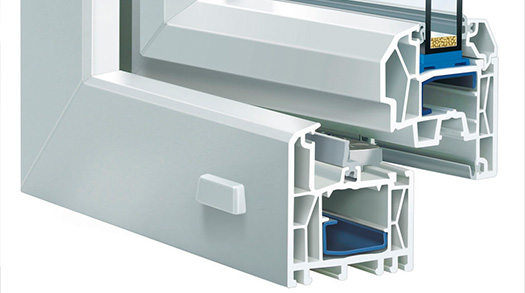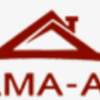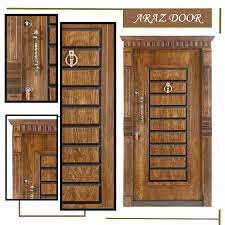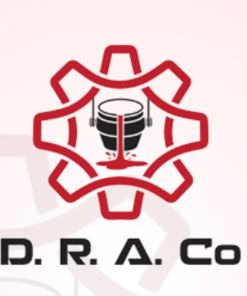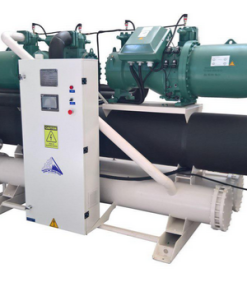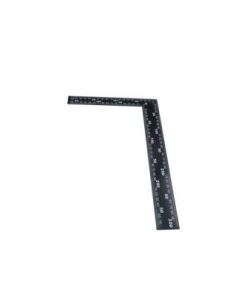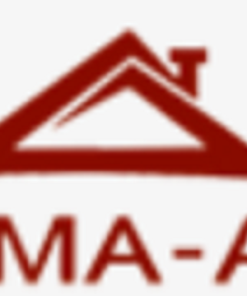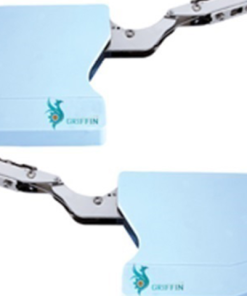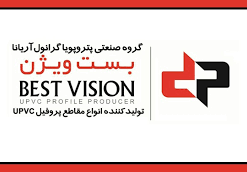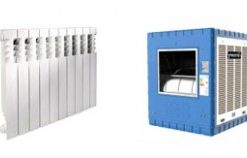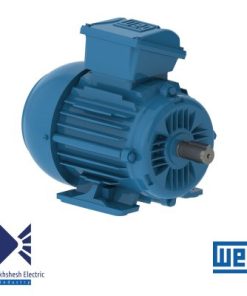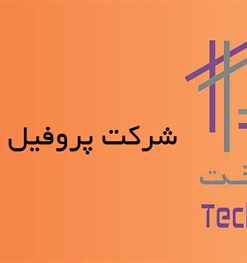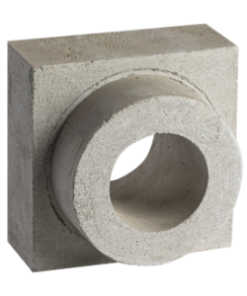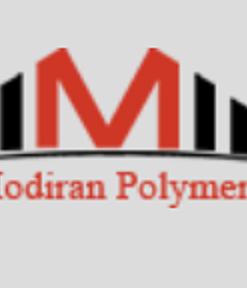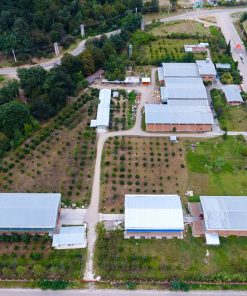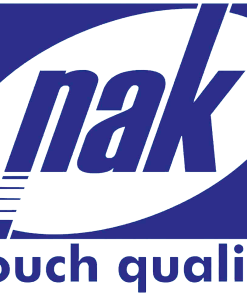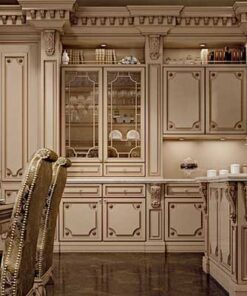Manufacturer of UPVC door and window profiles
What is UPVC profile
The main ingredients of UPVC are crude oil and table salt. Ethylene is obtained from crude oil and chlorine is obtained from salt, and through polymerization, chlorine, ethylene, vinyl chloride is combined and polyvinyl chloride or PVC in short is obtained. which is a plastic and elastic material.
Today, along with polyethylene-polypropylene-polystyrene, PVC is widely used as a standard material in various fields.
UPVC profile production process
This process includes two main steps:
1- The stage of mixing and preparing the raw materials in the mixer
2- The stage of forming and producing profiles in the extruder machine
In the first stage, PVC and other additives are mixed cold and hot with a certain percentage by the mixer. The combined materials remain at room temperature for 12 to 24 hours until the static electricity resulting from the mix is destroyed and its temperature is equal to the room temperature.
After the mixing stage, the material automatically enters the extruder. After adjusting and installing the required profile mold as well as the parts of the calibrator and cooling tanks, the temperature of the cylinder, the extruder device and the mold should reach a certain limit. This temperature varies depending on the type of cross-section of the profile, which usually varies between 165 and 185 degrees Celsius for the cylinder and between 198 and 202 degrees Celsius for the mold.
What is PVC and uPVC?
What is PVC?
Polyvinyl chloride is a lightweight plastic that is widely used in construction. The use of plasticizers makes this material flexible and makes its use in construction pipes cost-effective.
Although the presence of some toxic substances in its composition strengthens the suspicions of its toxicity, it is still considered a good option in construction pipes.
What is uPVC
This material is the same as PVC, with the difference that plasticizers are not used in its composition. Not using plasticizers reduces the flexibility of this material and makes it harder than PVC. But it is more resistant to color change and does not harm the environment.
The use of UPVC in window frames and profiles is very common, and it is used more than PVC doors and windows.
What are the advantages and disadvantages of PVC and uPVC compared to other materials?
Well, as I said in the previous section, PVC material is mostly used for construction pipes and UPVC material is mostly used for window frames. Therefore, in this section, UPVC is compared with aluminum, wood and iron.
Advantages of uPVC windows:
The use of uPVC has advantages that we will mention below:
1- Waterproof: waterproof UPVC. This makes it easy to use this material in any weather conditions. Some materials such as wood and metal do not have this property and must be protected against moisture.
2- It does not turn yellow: although aluminum is waterproof, it tends to turn yellow due to close proximity to moisture. This defect of aluminum makes UPVC windows unbeatable against humidity.
3- Cheaper: UPVC window is cheaper than aluminum and wooden windows. This criterion makes the choice between uPVC and other materials easier for most people.
4- Resistant to termites: UPVC windows are resistant to being eaten by termites. This is a good point for UPVC windows compared to wooden windows.
5- Recyclable: UPVC can be recovered after its working period. This makes this material not harmful to the environment.
6- It has poor heat transfer: poor heat transfer causes energy loss to decrease in autumn and winter. Energy loss is high in metal and aluminum windows, and UPVC windows have surpassed them in this regard.
Disadvantages of uPVC windows:
Next, let’s look at the disadvantages of UPVC:
1- It is not resistant to heat: introducing too much heat or too much cold will damage the uPVC window. This is while aluminum can work well in that heat or cold.
2- Can’t be painted: wooden and aluminum windows have one advantage that they can be painted. This makes it very easy to change the appearance of the window by painting it if you feel monotony.
3- Use of poor quality material: poor quality samples of this material break easily after a few years or turn yellow.
Hits: 20


 فارسی
فارسی العربية
العربية